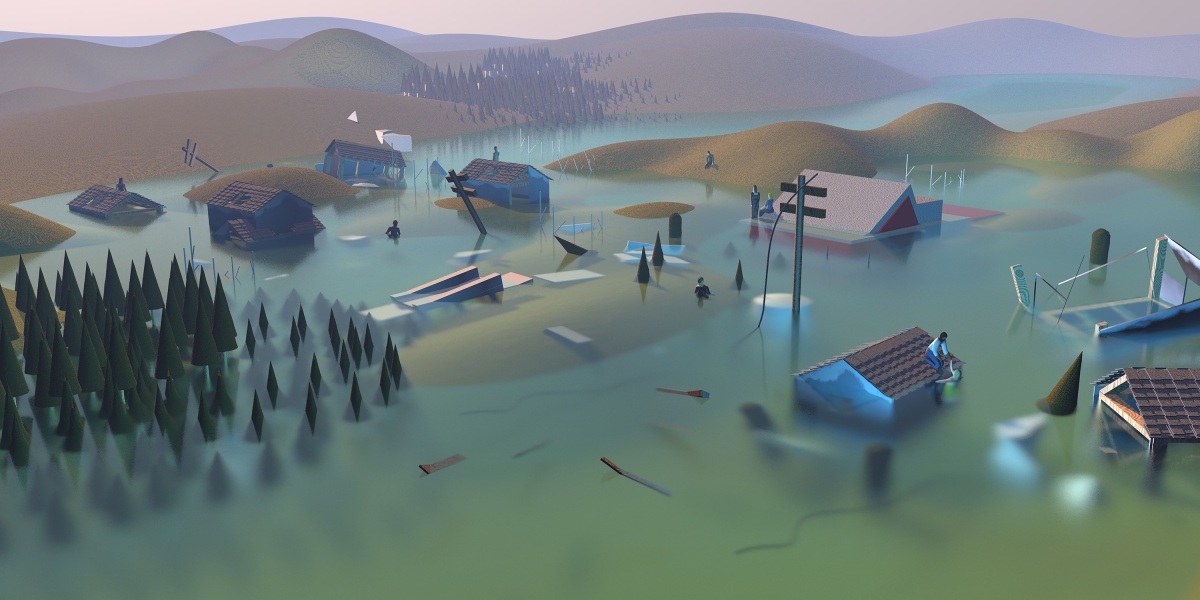
“In the Bay Area there’s so much legacy contamination under the ground from military use, from the Silicon Valley tech booms—it left a lot of nasty stuff,” says Kris May, a coastal engineer and climate scientist who founded Pathways Climate Institute. “And what often happens is we put low-income houses in those areas after they’re remediated. But they still leave a certain amount of contamination in the ground, and those regulations were based on no rising groundwater table.”
Now the groundwater table is rising. And as it does, it saturates the soil, unlocking contaminants such as benzene. These chemicals are highly volatile, and as gases they can easily find their ways through sewer lines and into homes.
This is the impact of groundwater rise on just one system—sewage. But it could affect many more. Buried electrical lines that aren’t properly sealed will short out; foundations will start to heave from the pressure. Some fear that seismic faults could even be put under pressure.
How water finds a way
To protect themselves against rising seas, cities are turning to the same tools they have used for centuries: levees and seawalls. Boston has proposed a 175-mile seawall called the Sea Gates Project. Miami has a proposal for a $6 billion, 20-foot-high seawall. New York has proposed its own $119 billion, six-mile-long project called the New York Harbor Storm-Surge Barrier. Homeowners from Florida to California are erecting barriers to keep the ocean out. But the fundamental problem with all these interventions is the same: a seawall holds back the sea, not groundwater.
In some areas, if the underlying ground is relatively impermeable, it is possible to build a seawall or levees that slow groundwater rise. But then you’re left with other problems. Recall that water moves toward the ocean. A barrier that stops groundwater from rising with sea level will also keep stormwater from, say, recent rainfall from flowing to the sea.
“If you don’t let the water run out to the ocean, then you have to basically pump it over the wall. And that’s essentially what the Netherlands has been doing for several centuries,” says Stony Brook’s Rozell. But this too can create problems, because so many of the places these seawalls are working so hard to save—much of Lower Manhattan, large parts of San Francisco and Boston—were built on wetlands, landfill, or both. “If they pump, the land is going to sink,” says Hill.
And even if cities were willing to pursue such a path, not every place can. “There are lots of conditions where you can pump all day long and the water table won’t go down,” says the University of Hawaii’s Fletcher.
Recall that groundwater is water that makes its way into the spaces, or pores, in sediment. In some places, like Miami, “the pores are so large that you’re just pulling in water from the estuary from the ocean,” says Fletcher. “You can pump as hard as you want and it just keeps coming in from an endless body of water”—the sea.